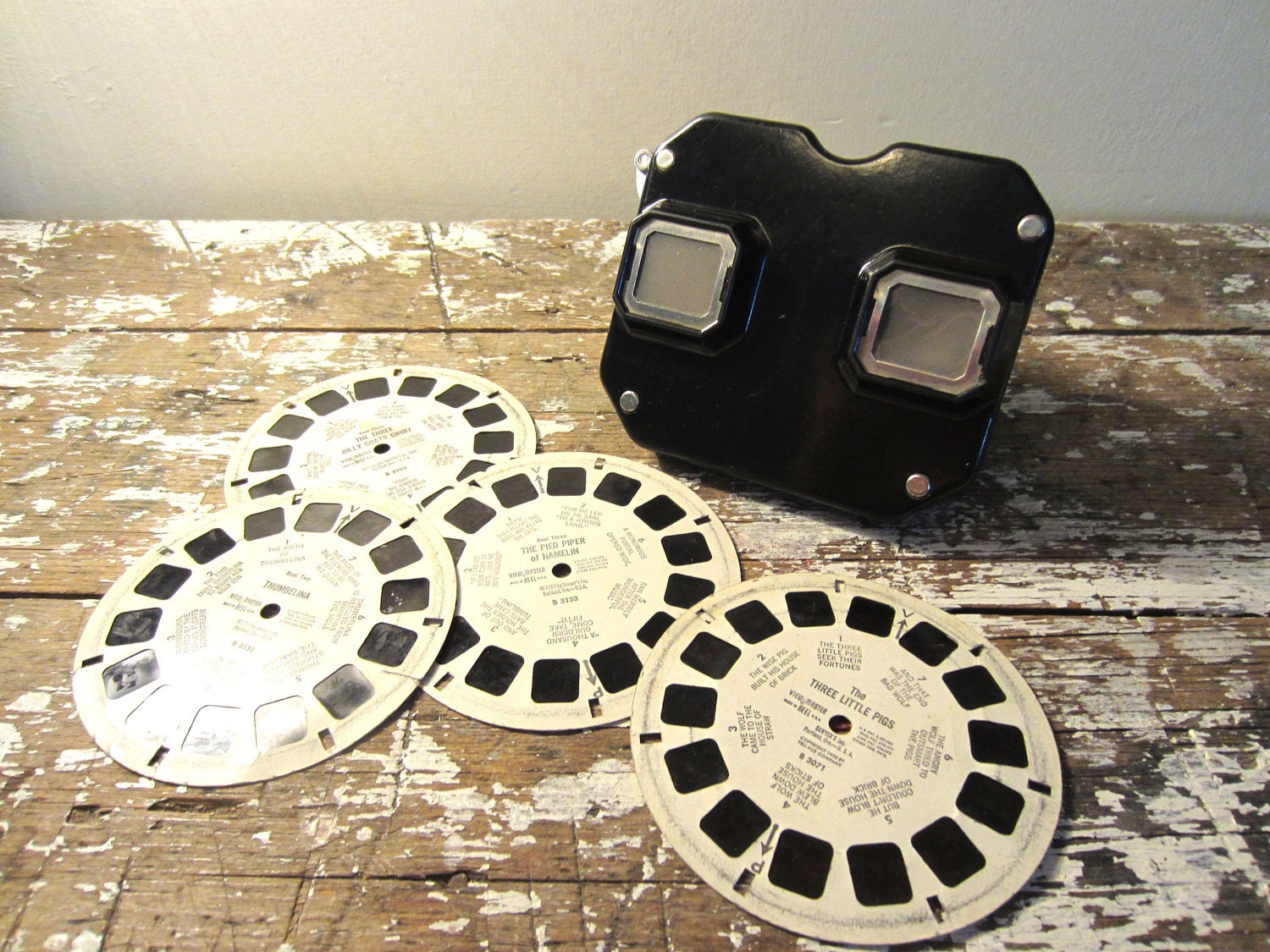

Innovations include the M-bayonet mount still in use today, a magnificent combined 0.92x range/viewfinder with projected parallax-compensating field frame lines for 50, 90, and 135mm lenses, a film-wind lever in lieu of a knob, a single 1-1/1000 sec plus B shutter speed dial, a built-in self timer, and a removable base plate plus a hinged back door for easier loading.

This landmark rangefinder camera of 1954-1966 was an audacious new design that took the Leica to an entirely new level. (You should also check out my recent buying guide to my favorite classic cameras of all time.)
Retro viewfinder full#
On the plus side, none of my analog favorites requires batteries, and they don’t have electronic components that might be impossible to replace down the road.Īnd so, without further ado, here are my five favorite 35mm-format rangefinder cameras of all time, plus one full frame digital rangefinder I just can’t live without. They’re not as optically versatile or easy to use as a current DSLR or mirrorless models, all lack modern conveniences like auto-exposure, autofocus, auto-bracketing, etc., and all but the last one in my list of favorites requires film. And when they’re fitted with the best age-appropriate lenses, they’re capable of capturing images of exquisite detail that have a vintage look. Rangefinder cameras are compact masterpieces of mechanical precision that have the look, feel, and balance of fine scientific instruments. And based on 50+ years of hands-on experience, I’m confident that the very best analog rangefinder cameras do embody something special that’s mostly lacking in today’s digital marvels. I’m a fanatic when it comes to classic 35mm rangefinder cameras.


 0 kommentar(er)
0 kommentar(er)
